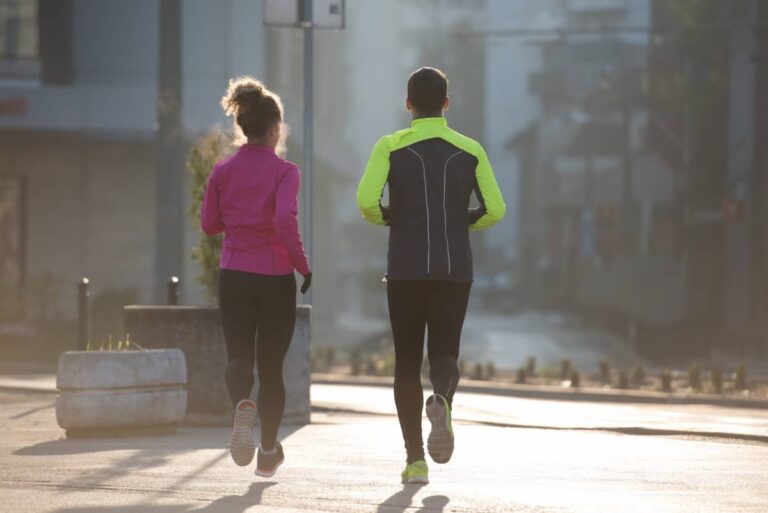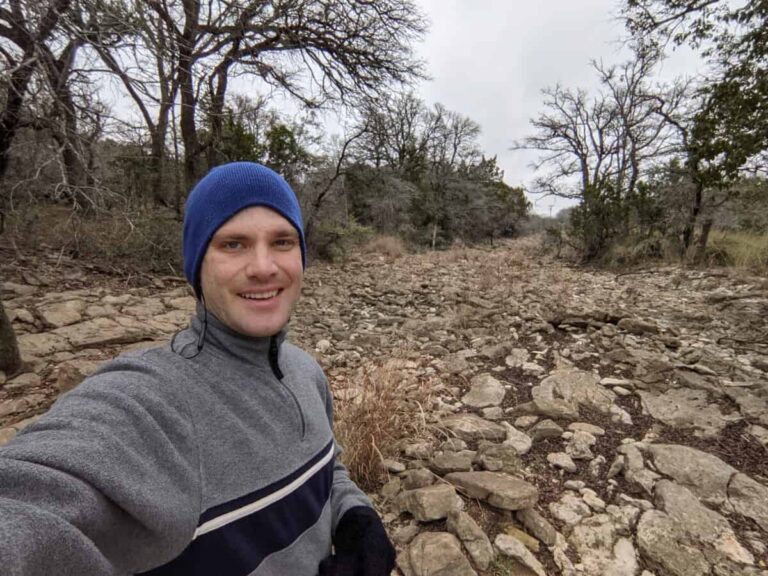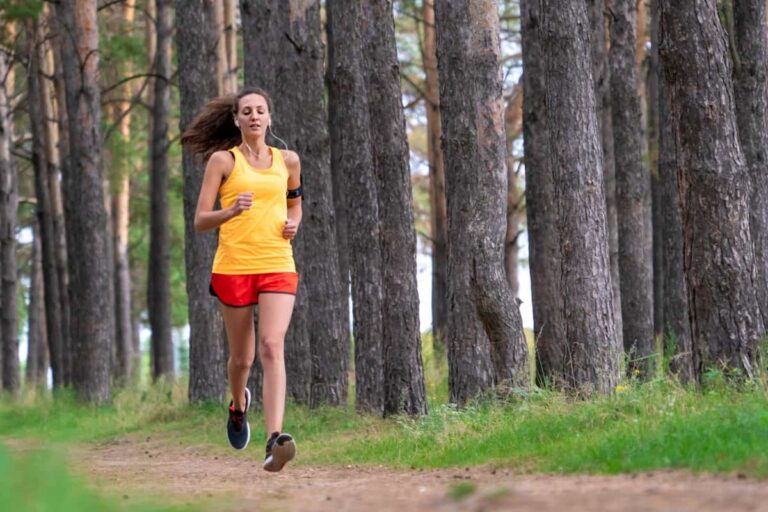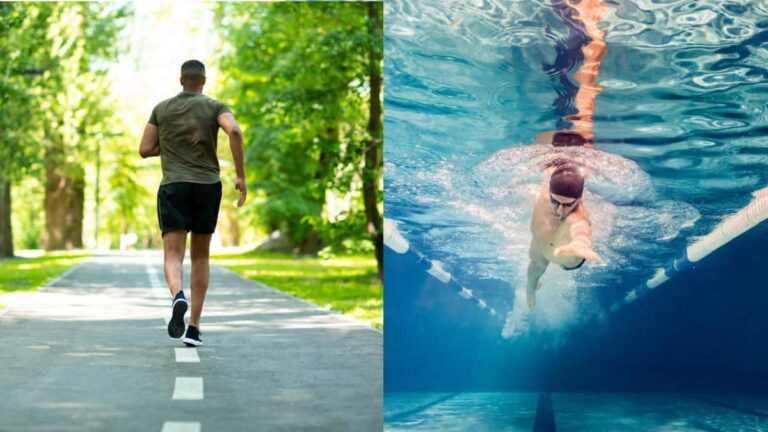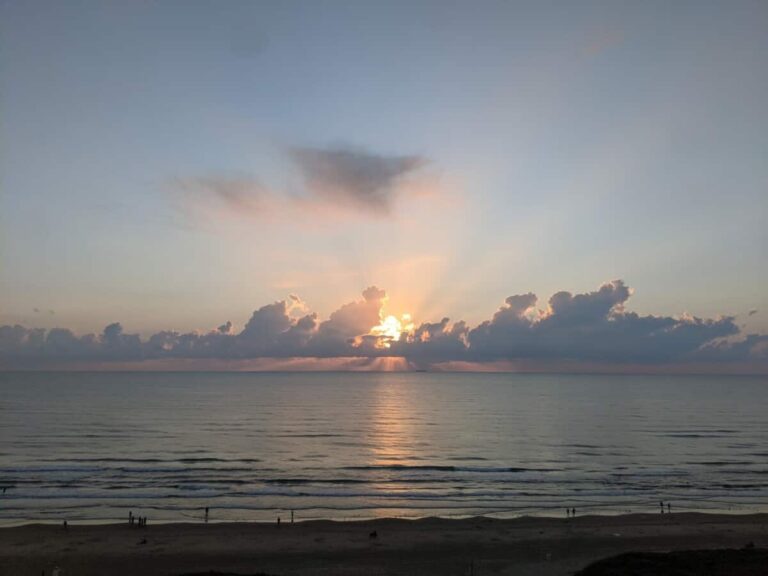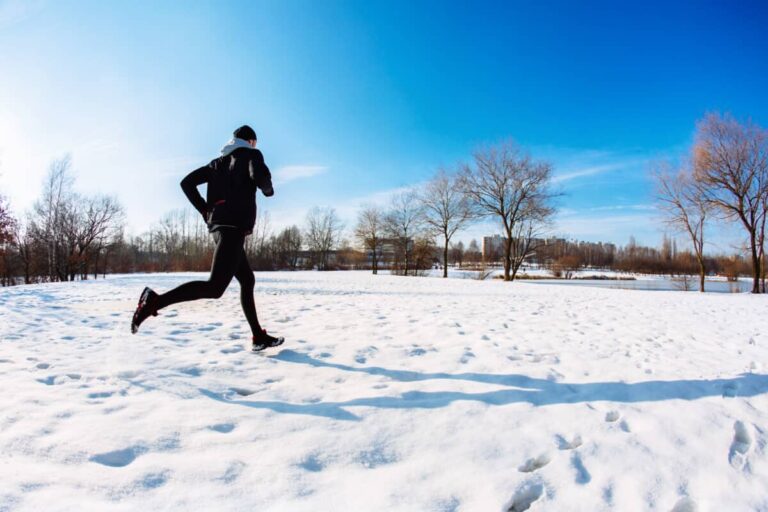Are Socks Necessary With Trail Running Shoes?
Professional sprinters will often prefer to run without socks during events. This does not mean that they don’t wear them while training. When people hear this, they think running without socks will be beneficial to them. However, trail running is different from sprinting or road running and should be treated differently So. To answer the question, do you wear socks with trail running shoes?
Running with a well-fitting sock works best for most trail runners. Socks protect your feet from blisters due to intense friction from trail running, but they also prevent moisture buildup which can cause dampness which could shorten the lifespan of shoes. Depending on the area, long socks might be required.
Most types of running share a lot of similarities. However, trail running is a bit special. In this article, we want to discuss the type of socks trail runners wear. We also want to discuss why you need to wear them. Also, we want to answer a few questions that we get asked about running without socks on the trail. So, for everything you need to know, keep reading.

5 Reasons Why You Need Socks While Trail Running
Here are our five reasons why you should wear socks while running, even on shorter distances.
- Comfort
- Prevent blisters
- Avoid health issues
- Maintain your shoes
- Protect your legs
Now let’s discuss these reasons in depth.
Comfort
In my experience, socks add a layer of comfort between your feet and your shoes. Some people do walk around without socks and find it more comfortable. While doing this can be true for some, running is a bit different from just walking (or running) around town. Your feet are going to sweat, and there will be friction between your foot and the shoe.
Socks are designed to reduce friction between the shoe and your foot–and they help reduce that sticky sensation that you feel when it’s super humid outside.
Prevent Blisters
Sweaty feet means more friction. More friction means more blisters. Even if no sweat is involved, socks can reduce friction, and save you from blisters.
However, if you run without socks on a trail, especially in the heat, the combination of these two factors makes it easy for you to develop blisters on your heel, the top of your feet and the inside, just above your arch.
Not only can these blisters be painful, but if you get dirt in your shoes with an open blister, it can become quite dangerous as your foot can become infected. Not only that, but it will be quite painful, and you might not be able to run it for a few days after getting the blister. Blisters may not sound like a big deal to you now, but that will be all you will be thinking about if you get one.
As a matter of fact we wrote a huge post about blisters and blister prevention and treatment that you can check out here, if you’re interested. Socks are a huge part of blister prevention.
Avoid Health Issues
As we mentioned, a blister can become infected if dirt makes it into your shoe, but running without socks for extended periods can cause these health issues with your legs and your feet (source):
- Increased chance of Athletes foot
- You can develop a fungus underneath your toenails
- Increased chance of ingrown toenails
- Bunions
None of those conditions are any fun to have. Not even a little.
Maintain your Shoes
Not only do socks add a layer of comfort between your shoe and your foot, but they also create a layer of protection for the shoe. Socks absorb sweat, and without them, there will be direct contact between your wet foot and your shoes. Wet shoes means that all parts of the shoe will expand and contract as the shoe gets wet and then dries.
Stitches and glue and all parts of the shoe are strained during this process. Once the stitches start to go, your shoes will start to degrade at a rapid rate.
Protect Your Legs
Lastly, socks offer you protection from the elements while you’re running. No-show socks won’t do much for you, here. If you want protection, you’ll need to wear long socks.
Let’s talk about why that might be a good idea.
Best Type Of Sock For Trail Running
I asked a community of runners and by far the favorite type of sock for running was Smartwool.
I agree! I really appreciate Smartwool’s fit (not too loose) and it is smooth and frictionless, but durable.
There’s a bajillion socks out there, but these socks on Amazon can get you started on your journey.
Why Do Trail Runners Wear Long Socks?
There was a time when wearing long socks was fashionable, but nowadays it feels a little “old-fashioned,” and if you wear long socks, you might feel a bit self-conscious. That said, it is normal to wear long socks within the trail running community, sometimes just below the knees.
This 100% depends on the trail you’ll be running. If you are running on a well-established dirt trail, then you don’t really need to be worried about long socks vs. short socks. If, however, you’re going to be running on grass or through any brush at all, take note.
As a trail runner, you’ll encounter long grass, bushes, shrubs. If you don’t know what that means, I’ll tell you: bugs. So, wearing long socks protects the runner’s legs from all of that. Depending on your area, that means ticks and other bugs. So, in short, long socks help.
Should You Break in Your Shoes Without Socks?
As simple as this question sounds, it can cause a debate. Some people say that you should never break In your shoes without socks, while others say the opposite. You also get some experts who debate each other over this topic. I will give you some advice based on my experiences.
You should wear socks while breaking in your shoes, especially trail shoes. When you get a pair of new shoes, they are not yet molded to your feet. Also, new shoes are stiffer than a used pair. This stiffness and the lack of adaptation to your feet can cause blisters quite easily.
Also, if you generally wear thick socks, you want your shoes to mold to your feet with the socks on. Doing this will give you a more comfortable experience throughout the lifespan of your trail running shoes.
When Should you Trail Run Without Socks?
Some people don’t like socks.
That’s really all there is to it. Some people’s gait, their shoes, and their body all combine together where they don’t like the feel of socks.
Some people even report more blisters with socks than without. Ultimately you have to find out what works for you. I’m definitely in the sock club, but if you want to try without socks, you should go for it. Try a shorter run at first to see how it goes–pay special attention to your feet and if there are any rubs.
Running Without Socks And Stinky Feet
One thing that you might not think about when considering socks vs. no socks is stinky feet. To be fair, your running shoes can get really stinky even if you wear socks, but without socks the stench can get to the next-level.
I was just reading about one gal who runs sockless and her shoe stench is becoming unbearable. To herself and her husband.
Just remember that anytime something stinks from body odor, that it’s just due to bacteria. That means if you wash with a mild soap (a dab of dish detergent should do) that can help alleviate the stink.
In addition, you can spray the inside of your shoes with vinegar after every run, or do what the ice skate rental place does and spray Lysol or some other disinfectant.
